Ram Mandir at Ayodhya: All You Need to Know – Facts and History
Written by Nayantara Singh, a grade 9 student.
Shri Ram Mandir – more popularly called the Ayodhya Ram Mandir, is a Hindu temple located in Ayodhya, Uttar Pradesh, and is dedicated to Lord Ram.
Written by Nayantara Singh, a grade 9 student
What is the Ram Mandir?
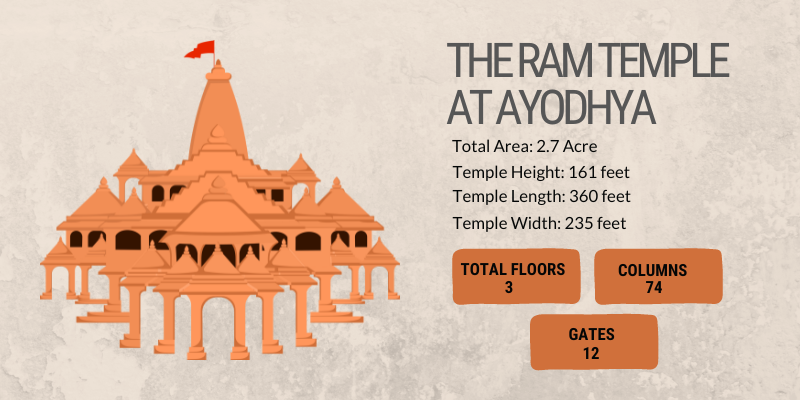
Shri Ram Mandir – more popularly called the Ayodhya Ram Mandir, is a Hindu temple located in Ayodhya, Uttar Pradesh, and is dedicated to Lord Ram.
The place where it is built is said to be the Ram Janmabhoomi (birthplace of Lord Ram).
When was it built?
The construction of the Ram Temple is almost complete. It began on August 5th, 2020, when Prime Minister Narendra Modi laid the foundation stone, thus inaugurating the construction.
Details about the Ram Mandir
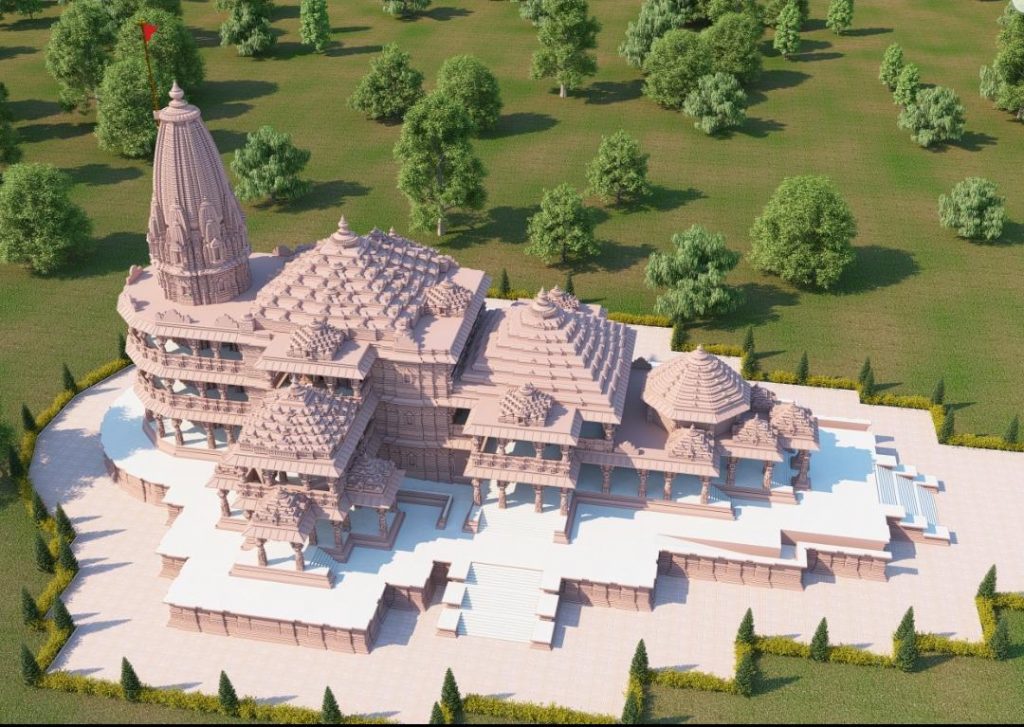
The temple has been built on an area of 71 acres, using Rajasthani sandstone from Bansi Paharpur, Bharatpur District.
Over 1,200 workers are working at the mandir site, as well as in workshops in Rajasthan to create this temple.
It is being built in the Nagara style, loosely following its original design, created by the Sompura family in 1988. The Nagara style, originating in North India, is known for its tall towers, known as shikharas. Sun Temple, Konark is a popular example of this style.
The Ram Mandir, itself, is a 3 storied temple, with walls that are 20 feet tall. The main entrance to the temple is from the “Singh Dwar” or the Lion Gate in the east.
In the northern edge of the complex, there is a Mandir for Maa Annapurna, and one of Hanuman ji in the southern edge. The four corners are characterized by 4 temples, dedicated to Surya Dev, Devi Bhagwati, Ganesh Bhagwan and Bhagwan Shiv
Who is the architect of the Ram Mandir
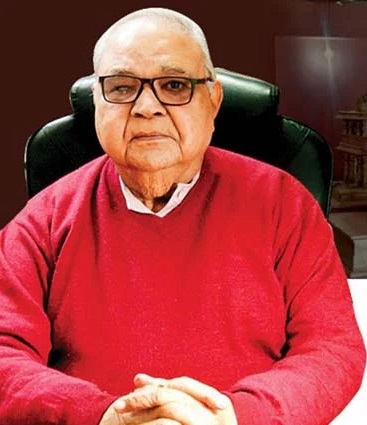
Chandrakant Sompura is the ‘chief architect’ of the Ram temple.
Did you know: Chandrakant Sompura started work on the Ram temple in Ayodhya more than 30 years ago?! He first went to the site (where the temple is now) with Ashok Singhal, who was the President of Vishva Hindu Parishad (a Hindu organization) and who was in charge of the Ayodhya Ram Janmabhoomi movement. The design was later changed and upgraded by Sompura and his sons Ashish and Nikhil – in order to make it at a bigger scale. Box content[/su_box]
Who is Chandrakant Sompura?
Chandrakant Sompura comes from the respected Sompura family that has been designing temples for generations. Over the last hundreds of years, the family has designed more than 200 such temples and structures across India.
Chandrakant is said to be the 15th generation of temple designers in his family. His grandfather, PO Sompura, was the one who designed Somnath Mandir in Gujarat in 1949.
What other temples have the Sompuras designed?
The list is long, but here are some key ones that the Sompuras have designed:
The Akshardham temple complex in Gujarat
The Swaminarayan Mandir in Mumbai
Birla Mandir in Kolkata.
When is the Ram Mandir being inaugurated?
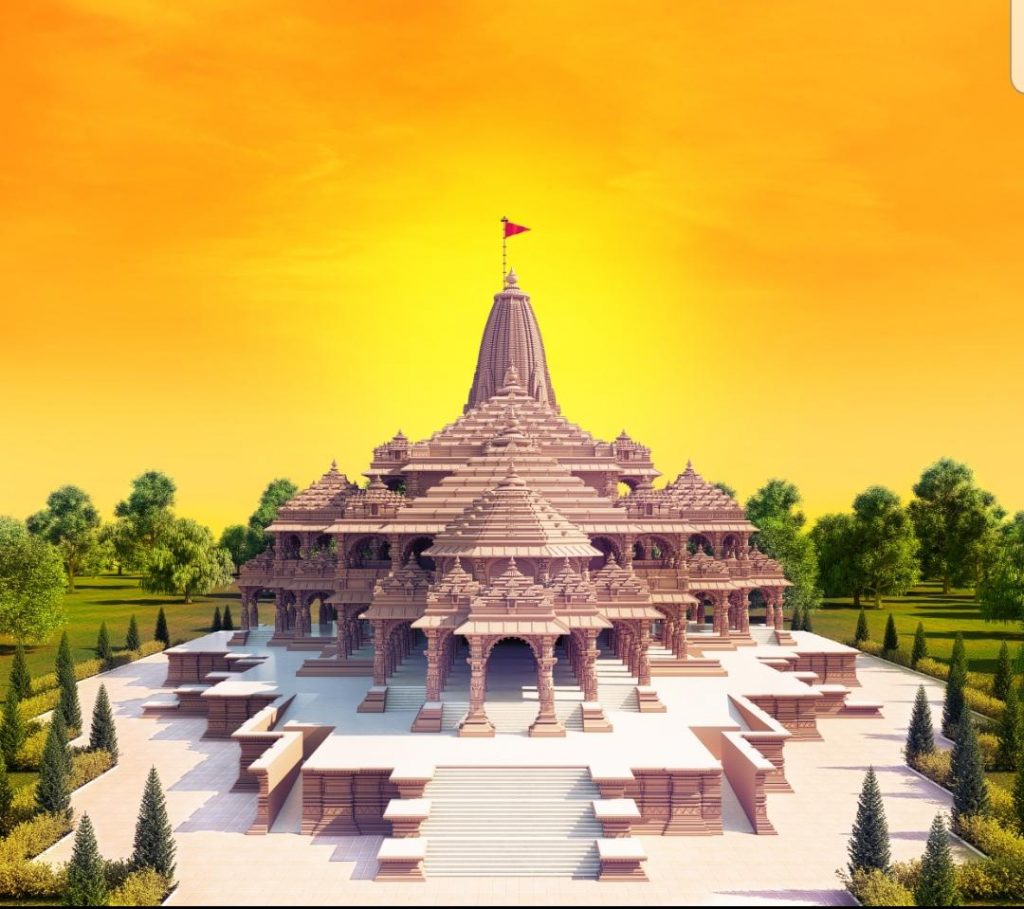
The Ram Mandir opening is set to take place on Monday, 22nd January, 2024.
What is Pran Pratishtha
The opening will be marked by the Pran Pratishtha – a sacred Hindu ritual of great significance. It is a ceremony that signifies giving life to the idol – “pran” meaning life and “pratishtha” meaning establishment (establishment of life). The Pran Pratishtha invokes a deity, or god through its idol, making the idol a living embodiment of its god.
The ceremony is very sacred to the Hindus and involves many rituals that are taken from the Vedas and Puranas.
When will the Pran Pratishtha take place?
It will take place between 12:15 PM and 12:45 PM on the 22nd of January 2024.
Over 7,000 people, including sportsmen like Sachin Tendulkar, industrial titans like Mukesh Ambani and Gautam Adani and celebrated actors like Amitabh Bachchan have been invited to witness this opening.
What is the history behind the Ram Temple
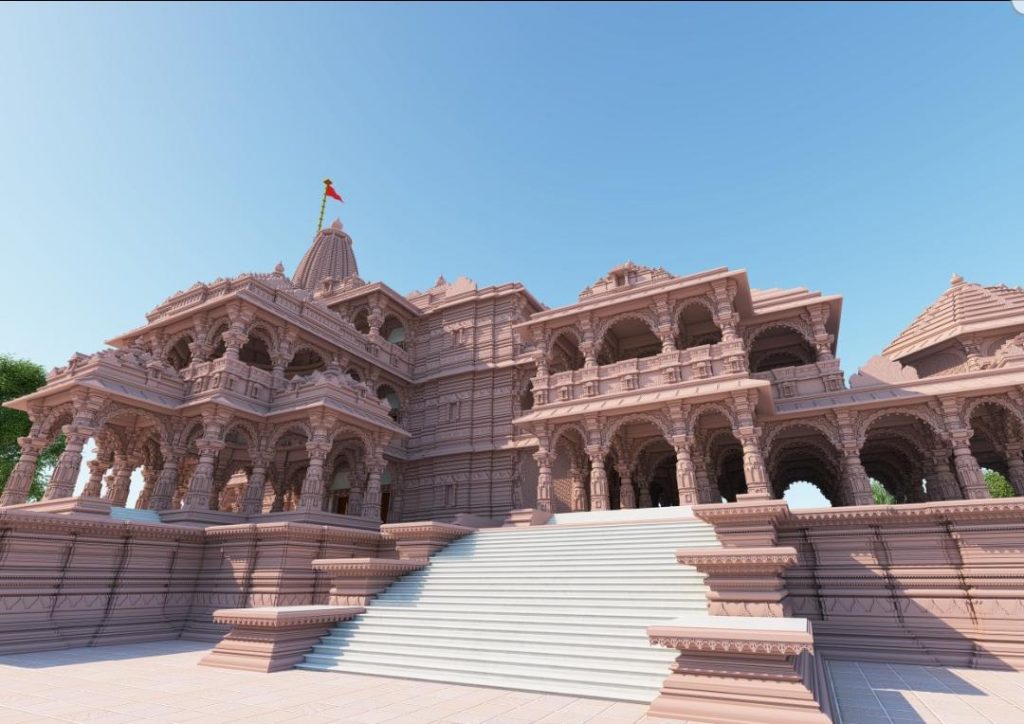
The Ram Mandir site has a long history of conflict between the Hindus and the Muslims – here’s a short summary of what happened.
In 1528 a mosque was built by Babur, a Mughal emperor, at this site. Named the Babri masjid, this mosque, many believe, was built on top of a temple that the birthplace of Lord Ram.
However, both Hindus and Muslims were said to worship on the site together, till about 1858, when the British (who ruled India at that time) built a fence to separate the two communities. This was when tensions between the two started.
Then, in 1949, an idol of Lod Ram was found inside the mosque – Hindus claimed it was a miracle, while Muslims got upset. The government closed the mosque, as they feared more violence and unrest. Only Hindu priests were allowed to enter the mosque to take care of the idol.
Soon after this there were three legal cases were filed by both sides who claimed to own the site. From the 1980s onward, a momentum to build a Hindu temple on the site started, as tensions got deeper.
On 6th December, 1992, a mob of about 75,000 people entered the mosque and broke it down. After this there was major violence in many parts of the country between the two communities.
In 2019 the Supreme Court of India said that the disputed land in Ayodhya belonged to the deity Ram Lalla or infant Lord Ram. Supreme Court ruled that the disputed land would be handed over to a governmental trust, which would build a temple to honor the birthplace of Ram. The ruling also said that a prominent site in the town would be allotted for a building a new mosque.

Better Your Child’s G.K. In 3 Minutes – Get This Free Newsletter
Get fun facts, simple and easy news, quizzes, and lots of other interesting things to read in your mailbox – for free! It’s what we call GK-on-the-go!
I Kid You Not now has a large readership across India and also parts of the world. If you want to write for us, you can submit your story here. You can also apply to become a news anchor. Apply here



Comments